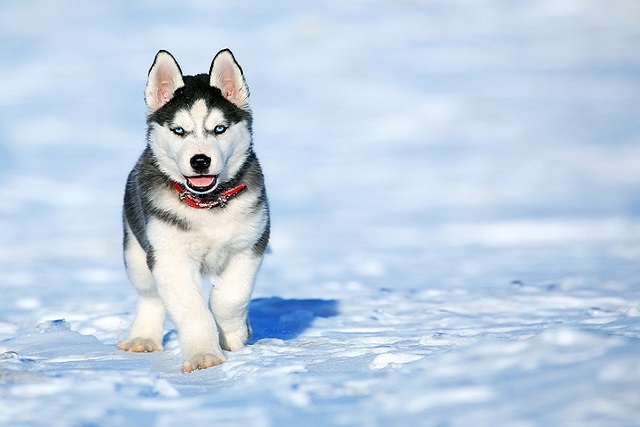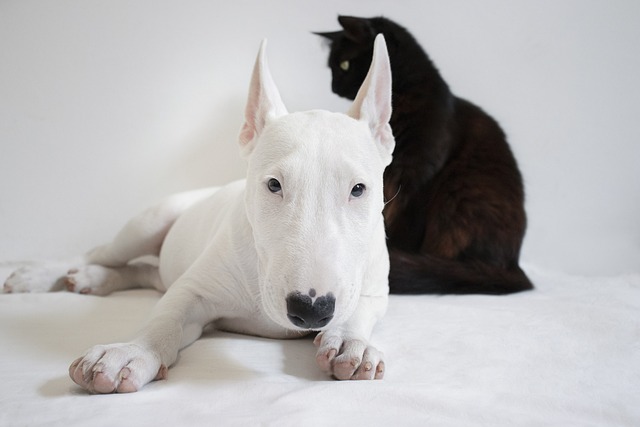
What big dog doesn't need a lot of exercise?
Many new dog owners dream of welcoming a big, cuddly companion but worry about keeping up with intense exercise needs.
I sat with my friend Lisa on her apartment couch last week as her 3-year-old Cocker Spaniel, Charlie, gnawed relentlessly at his paw pads—red, inflamed, and dotted with tiny scabs. “He’s had three ear infections this year, and the vet said it might be food-related,” she said, holding up a bag of grain-free kibble she’d grabbed on a whim. “But how do I know if he actually needs grain-free food, or if I’m just falling for a trend?” If you’re a new U.S. dog owner watching your pup struggle with skin or digestive issues, this question is critical. The answer isn’t in the marketing—it’s in observing specific symptoms, ruling out other causes, and leaning on your vet. Grain-free food is a solution for some dogs, not a default “healthier” choice.
To start, let’s clarify what “needing grain-free” really means: It’s for dogs with grain allergies or intolerances—not just any upset stomach. A grain allergy is an immune reaction to proteins in grains like wheat, corn, or barley, triggering inflammation (think itchy skin, ear infections, or hives). An intolerance is milder, causing digestive issues (loose stools, gas) without the immune response. Here’s the key: Only about 10% of dogs with food issues have grain-specific problems—most react to proteins (chicken, beef, dairy) instead. Also, the FDA has linked some grain-free formulas (high in peas, lentils, or potatoes) to dilated cardiomyopathy (DCM), a heart condition—so switching without cause puts your pup at unnecessary risk. Charlie’s issues weren’t just “being itchy”; they were persistent, allergy-like signs that pointed to a possible grain trigger—but we needed to confirm.

Here’s how to tell if your dog needs grain-free food, step by step: First, spot the right symptoms. Look for persistent issues (not one-off upset): daily itching/chewing (especially paws, belly), recurrent ear infections (more than 2-3 a year), diarrhea/gas that doesn’t clear up with probiotics, or red, inflamed skin. Occasional vomiting or a skipped meal probably isn’t grain-related. Second, visit the vet—don’t self-diagnose. Lisa’s vet ruled out fleas, mites, and environmental allergies (like pollen) with a skin test. They also did blood work to check for organ issues that mimic food sensitivity. Third, try a vet-guided elimination diet. This is the only sure way: Feed your dog a “novel” protein (duck, venison—something they’ve never had) and a grain-free carb (sweet potato, pumpkin) for 8-12 weeks. If symptoms improve, reintroduce one grain at a time (e.g., wheat) and watch for a flare-up. Charlie’s itching stopped on the elimination diet, and wheat brought it back—confirming he needed grain-free. Fourth, choose wisely if you go grain-free: Pick AAFCO-certified formulas (ensures balanced nutrition) with real meat as the first ingredient, and avoid those where peas/lentils are top 3 ingredients (to lower DCM risk).
Never scold your dog for scratching or having accidents—they’re uncomfortable, not misbehaving, and punishment violates U.S. animal welfare standards. Instead, praise them for eating their new diet (a tiny treat after meals works wonders). For apartment living, store grain-free food in airtight containers (it’s often higher in protein, which attracts pests) and clean bowls daily. When walking, always carry extra poop bags (cities like Boston fine $200 for leaving messes) and confirm your dog’s rabies vaccine is up to date (required nationwide).
Charlie’s paw pads healed in a month, and Lisa stopped second-guessing the switch. Needing grain-free isn’t about trends—it’s about matching your dog’s unique needs. With observation and vet help, you’ll know exactly what’s right for your pup.

Many new dog owners dream of welcoming a big, cuddly companion but worry about keeping up with intense exercise needs.

I sat with my neighbor Mrs. Henderson on her porch last night, as her 12-year-old Labrador, Molly, curled up at her feet. “I worry about her when we go to bed

I spent a Saturday afternoon helping my cousin Maya prep for her new 8-week-old Golden Retriever puppy, Max—she had a cart full of cute sweaters and chew toys but forgot the basics

I sat with my friend Sarah in her living room last week, watching her 6-year-old Cocker Spaniel, Lila—who was diagnosed with early kidney disease

If you’ve ever noticed your pup wincing when you run a brush over their back, or spotted clumps of fur that won’t smooth out no matter what, you’re dealing with matted dog hair.

If you’ve noticed your dog scratching at red, oozing patches on their skin and wondered if it could spread to your other pets—or even to you—you’re not alone.